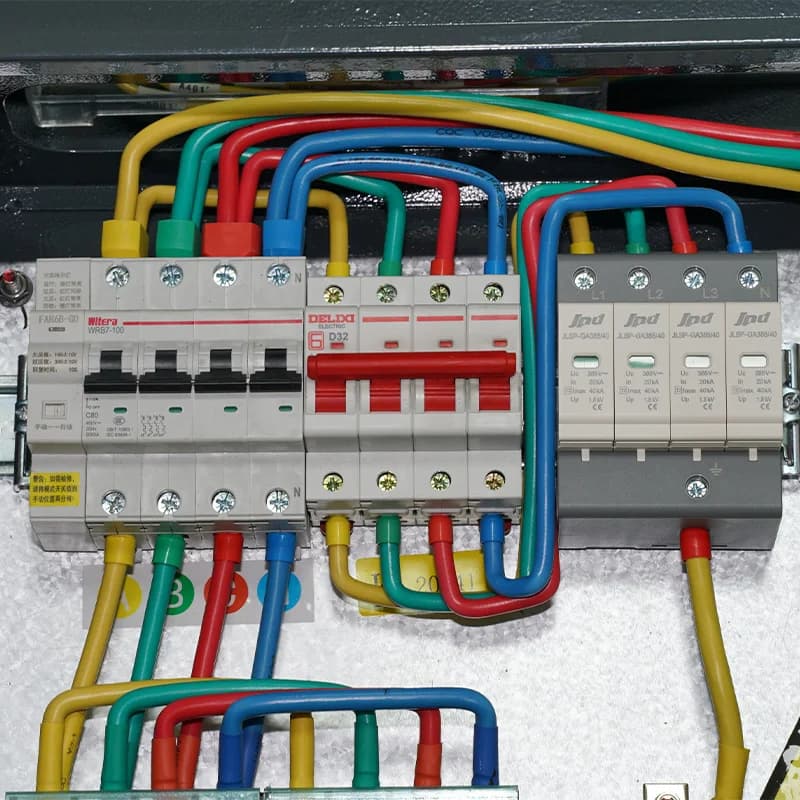Categories
New Blog
What is the difference between ROHS and REACHR certification?
September 09 , 2025Some customers require Rohs and Reach certification for surge protection devices, let’s talk about ROHS and REACH this time.Both ROHS and REACH are important EU environmental regulations, but their scope of application, control objectives, and specific requirements differ significantly. The core differences are as follows:
1. Full name and core purpose of the regulation
·ROHS:The full name is "Restriction of Hazardous Substances", and its core purpose is to restrict the use of specific hazardous substances in electronic and electrical products and reduce the harm of electronic waste to the environment and human health.
·REACH:REACH: The full name is the Registration, Evaluation, Authorization and Restriction of Chemicals Regulation. Its core purpose is to manage all chemicals in the EU market throughout their life cycle, protect human health and the environment, and promote the safe use of chemicals.
2.Scope
·ROHS:Applies only to electrical and electronic equipment (EEE), including Class II products such as household appliances, IT equipment, communication equipment, medical devices, and toys (see Appendix I of the ROHS Directive for details), and covers the entire product, its components, and raw materials.
·REACH:The scope of application covers almost all products entering the EU market, including chemicals (pure substances, preparations), consumer goods (textiles, toys, furniture, etc.), electronic and electrical products, machinery, etc., with only a few exceptions (such as food, medicines, etc.).
3. Control objects and methods
·ROHS:It controls the "concentration of hazardous substances" in electronic and electrical products and prohibits specific substances in products from exceeding the limit (such as lead ≤ 0.1%).
REACH:regulates the entire life cycle of chemicals, including:
· Registration of manufactured/imported chemicals (≥1 ton/year);
· Evaluation and authorization of Substances of Very High Concern (SVHC);
· Restrictions on the use of specific substances (such as lead and cadmium listed in Annex XVII).
4. Restricted Substances List
·ROHS:The list is fixed (10 items by 2025), including lead, mercury, cadmium, hexavalent chromium, polybrominated biphenyls (PBB), polybrominated diphenyl ethers (PBDE), etc., mainly targeting common hazardous substances in the electronic and electrical fields.
·REACH:
·SVHC list: dynamically updated (over 230 items as of 2025), covering highly hazardous substances such as carcinogens, teratogens, reproductive toxicity (CMR), and bioaccumulative substances (such as phthalates and perfluorinated compounds);
·Annex XVII: Restrictions on the use of specific substances (e.g. lead in paint ≤ 0.1%), with a wider coverage.
5. Compliance requirements
·ROHS:Companies need to ensure that restricted substances in their products do not exceed the limit values, usually demonstrating compliance through test reports and requiring the CE mark to be affixed.
·REACH:
· Chemical manufacturers/importers need to complete registration (submit data based on tonnage);
· If a product contains SVHC with a concentration greater than 0.1% and an annual export volume greater than 1 ton, it must be notified to the European Chemicals Agency (ECHA);
· Prohibition of the use of substances restricted in Annex XVII (or compliance with restriction conditions)
